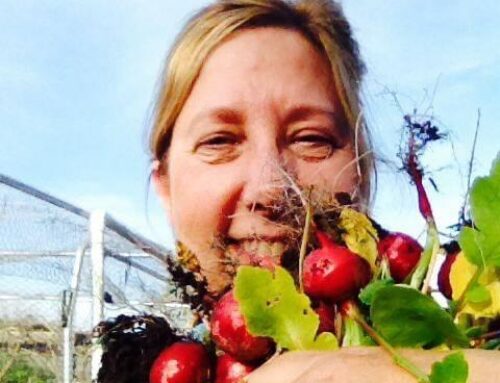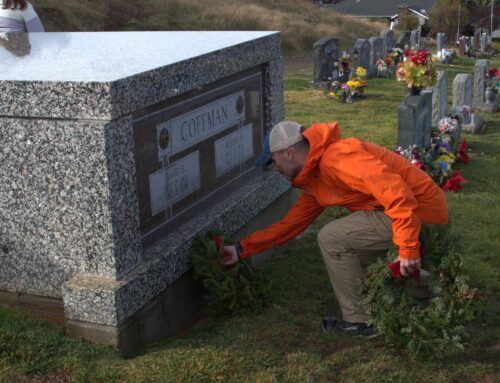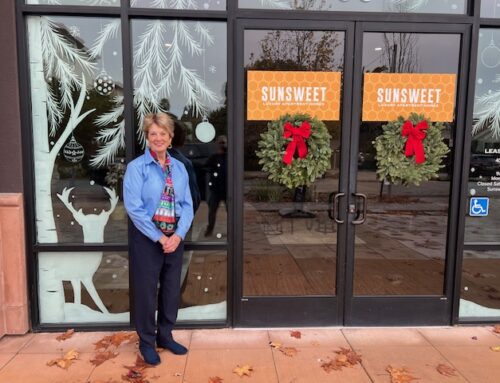Published in the February 1 – 14, 2017 issue of Morgan Hill Life
By Cindy Adams

Cindy Adams
We are very lucky to be living in an area that is home to so many beautiful vineyards, but how many times have you ever wondered what is going on with the vines throughout the year? For example, driving past a vineyard in February, you are likely to see one of two things — either long, bare “cordons” (the thin branches of the vine) spiraling out of control, or very bare looking trunks, looking like they just got a haircut. But let’s backup and see how these beautiful vines got their start.
Grapevines are not like normal plants — you don’t just go to the nursery and buy a flat of them. For many reasons, one of which was the phylloxera outbreaks in the mid-1800s and again in the 1980s, the rootstock is very important and is purchased separately. Rootstock is chosen now based on the soil it is going to go into and the general growing conditions of the particular vineyard. Once the rootstock is chosen, then the grapevines are grafted on to them. This procedure takes several months before the new plants can be put in a vineyard. While most vines will start producing fruit within the first year or two of planting, it usually takes five to seven years before the vines are mature enough to produce winemaking grapes.
Once the vines get established they continue their life cycle. Right now, actually December through February, they fall into a long winter’s nap and become dormant. They’re storing the energy and water they will need in the spring. It is during this season that pruning takes place, cutting back the cordons so new growth can begin properly. This process takes knowledge and experience since the workers need to know how many buds to leave on the vine for maximum production. This is also the time that trellising of the branches takes place, and the vines are attached to the trellises which resemble outstretched arms. This will allow the new cordons, as they grow, more and better sunlight exposure and also will help with air circulation around the vines to keep any mold from forming.
Then, one day in early spring, you will notice that the vineyard no longer looks brown — it’s starting to look green. That means bud break is occurring and the new vintage is being born. The shoots and foliage (leaves) are emerging and, before too long, you’ll see tiny, hard, green berries start to form. Those are future grapes. As these berries form clusters and start to grow, the vines enter a phase called “fruit set.” This is an important part of a quality harvest because the grapes are now developing their flavor and character, but they’re still fragile. Any uncharacteristic weather at this point, from extreme heat to frost or hail, can severely damage the crop.
By early summer the grapes are now starting to resemble, well, grapes. They are gaining in size and are forming clusters. They are, however, still a bright green and hard to the touch. Somewhere around mid-August, however, this fruit begins to change color to the softer greens and deep, lovely purples we come to expect. This process is called verasion. Once they achieve their color, the grapes will start to be tested for sugar level to determine when harvest can begin. Sugar level is determined in measurements called brix, and most grapes are harvested when the levels reach between 20 and 26 brix. It is this level that will largely determine the alcohol content of the finished wine.
The next time you pass a vineyard, be sure and notice their beauty — and give a nod to your future wine!
Cindy Adams, CS, CSW, is the director of retail operations at Guglielmo Winery.






